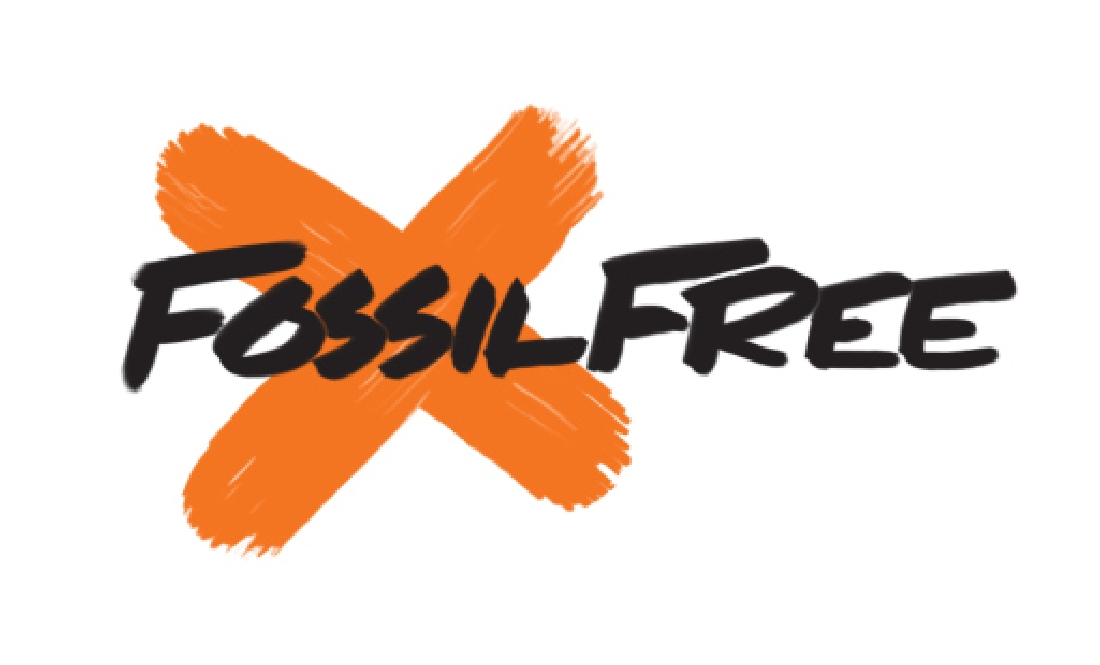Carbon markets are a way for companies to buy and sell carbon credits. A carbon credit represents one tonne of carbon dioxide (or its equivalent in other greenhouse gases) that has been reduced or removed from the atmosphere. Companies can buy these credits to offset their own emissions or sell them to others who need them to offset their emissions.
They have long been a key tool in the fight against climate change. They allow companies to buy and sell carbon credits, which can be used to offset their emissions. But in recent years, these markets have struggled to gain traction. In this article, we’ll take a closer look at the challenges facing carbon markets and explore some potential solution
Carbon markets are typically created by governments, which set a cap on the total amount of emissions that can be released by a particular sector (e.g. power plants, factories). Companies that emit less than their allotted amount can sell their excess credits to companies that emit more than their allotted amount.
The Challenges Facing Carbon Markets
While carbon markets have the potential to be an effective tool in the fight against climate change, they have faced a number of challenges in recent years. Some of the most significant challenges include:
- Oversupply: Many carbon markets have been flooded with an oversupply of credits, which has driven down the price of credits and made it less financially attractive for companies to invest in reducing their emissions.
- Lack of Demand: On the other hand, there has been a lack of demand for credits in some markets. This can be due to a number of factors, including weak regulatory frameworks, low prices for carbon credits, and limited access to financing.
- Complexity: Carbon markets can be complex and difficult to navigate. This can deter companies from participating, particularly smaller companies that may not have the resources to manage the administrative burden.
- Fraud and Corruption: Carbon markets have also been plagued by fraud and corruption, which has undermined confidence in the system and made it difficult to attract investment.
Potential Solutions
Despite these challenges, there are a number of potential solutions that could help carbon markets to regain their footing. Some of these solutions include:
- Increasing the Stringency of Caps: Governments can increase the stringency of their emissions caps, which would reduce the oversupply of credits and drive up prices. This could be coupled with measures to reduce fraud and corruption in the system.
- Creating Stronger Regulatory Frameworks: Governments can create stronger regulatory frameworks for carbon markets, which would increase investor confidence and help attract more buyers and sellers.
- Encouraging Investment: Governments can encourage investment in carbon markets by offering financial incentives, such as tax credits or grants, to companies that participate.
- Simplifying the System: Carbon markets can be made more accessible to smaller companies by simplifying the administrative burden and reducing the complexity of the system.








